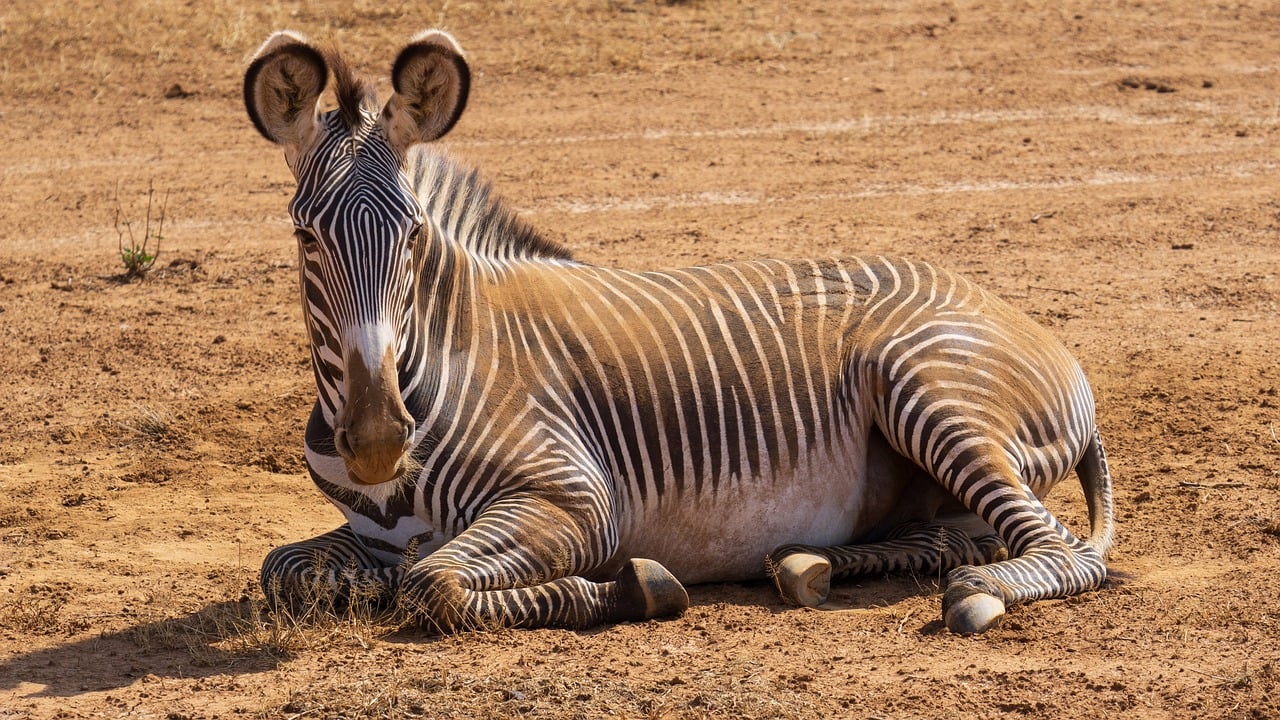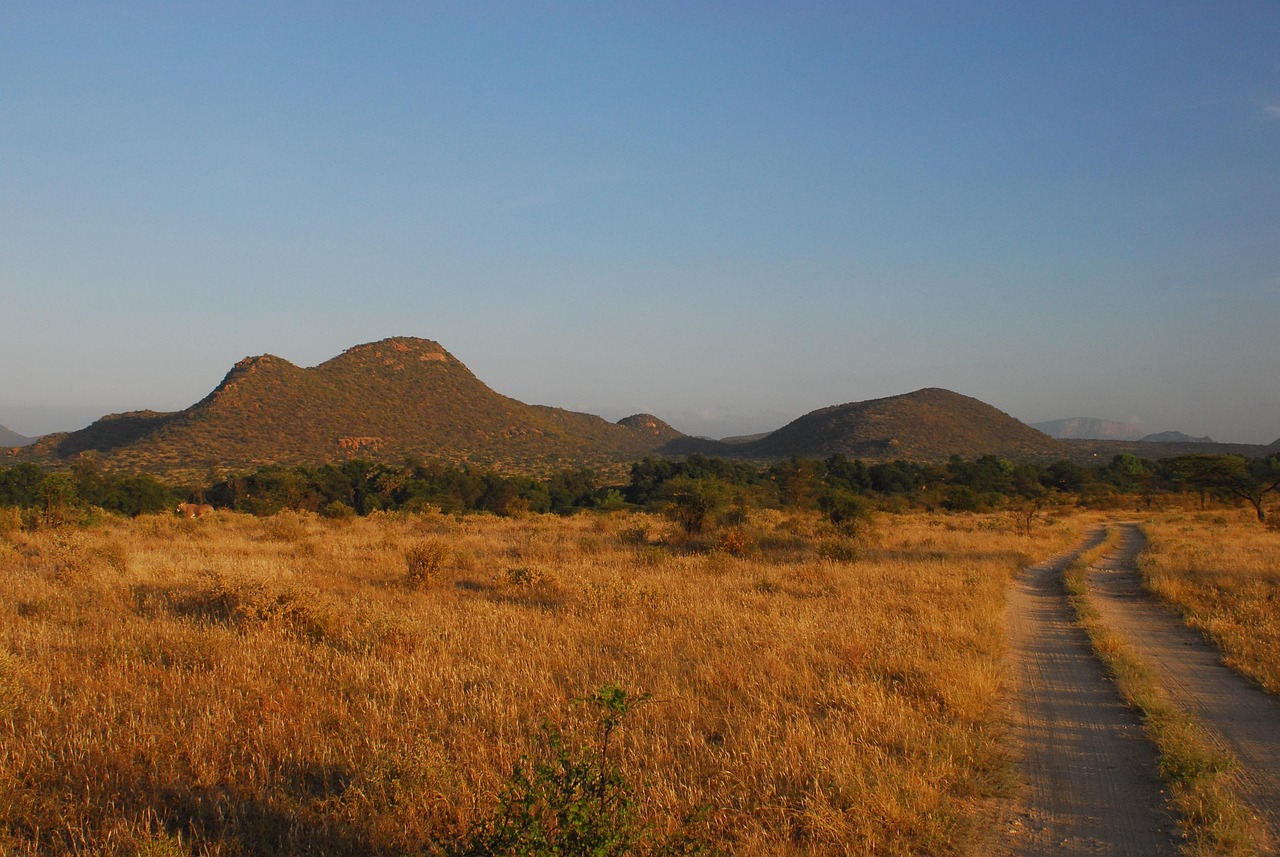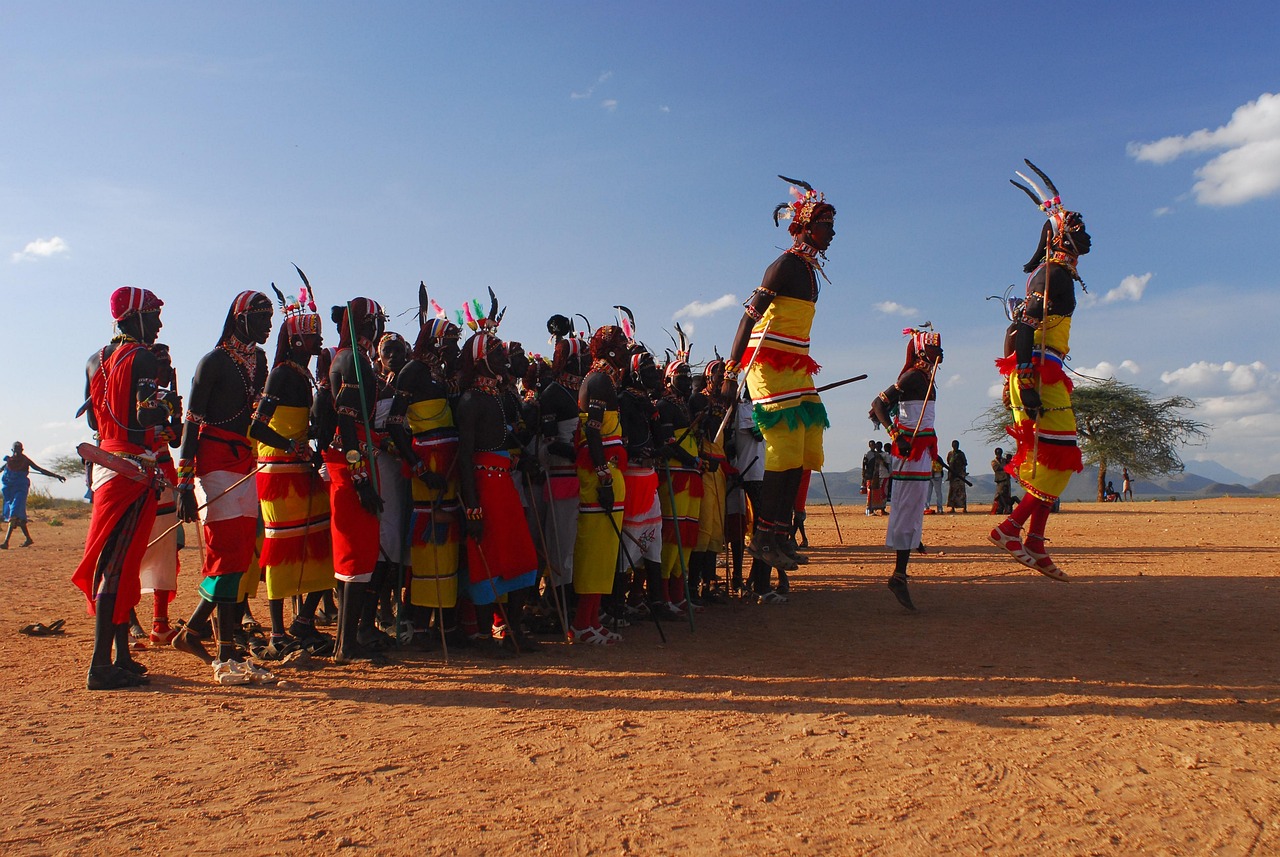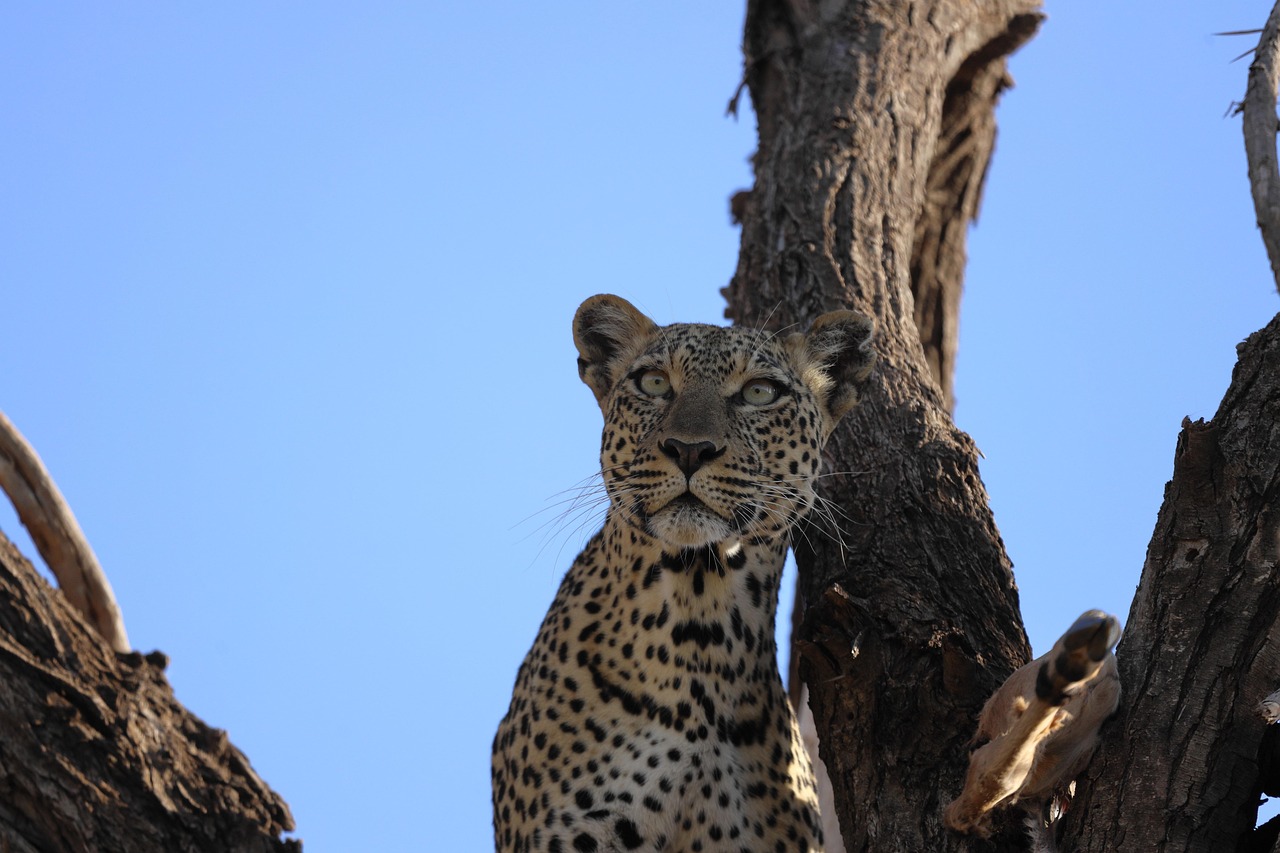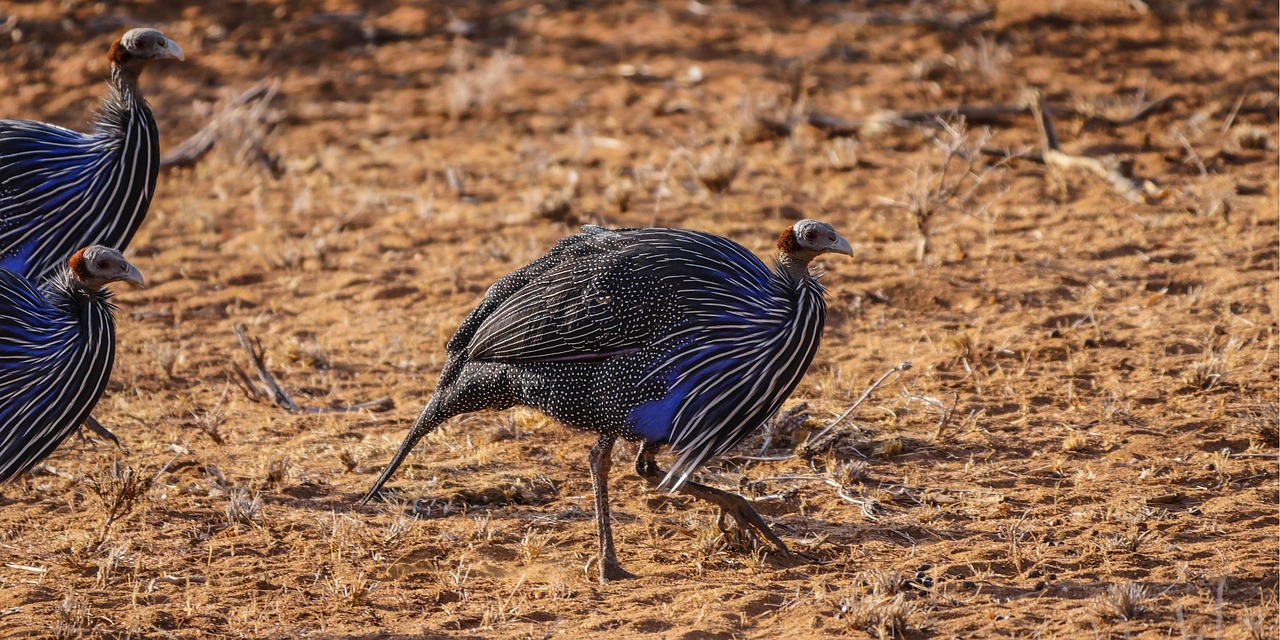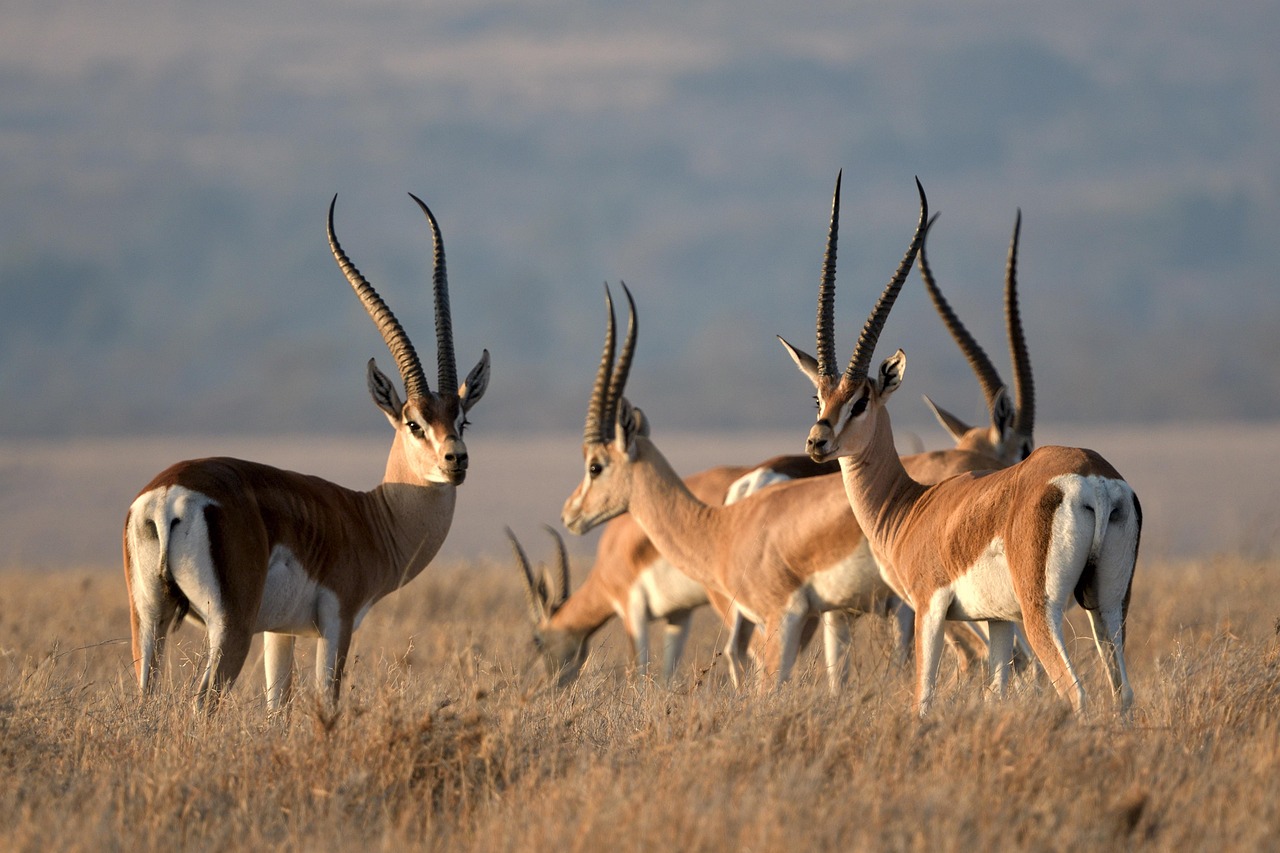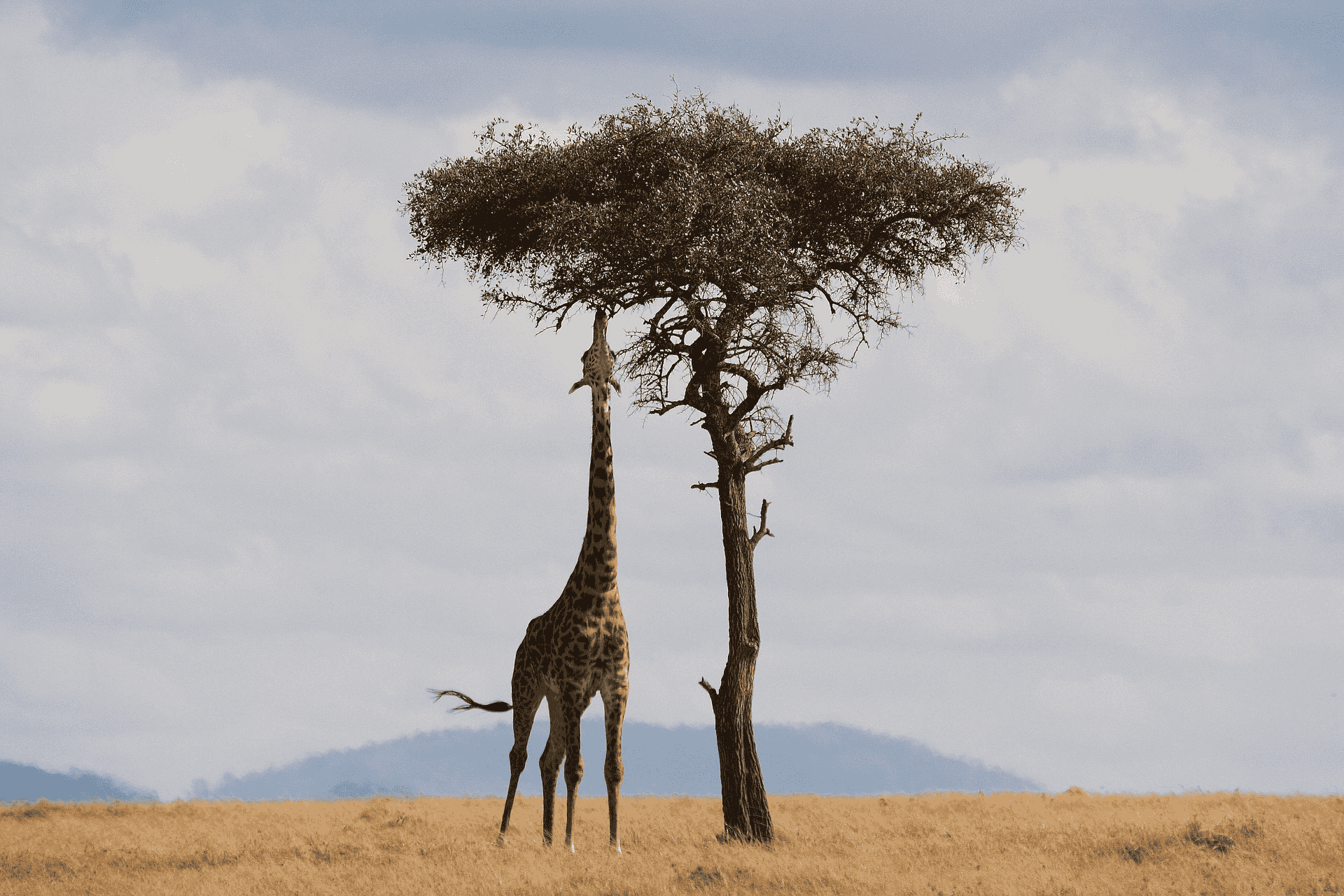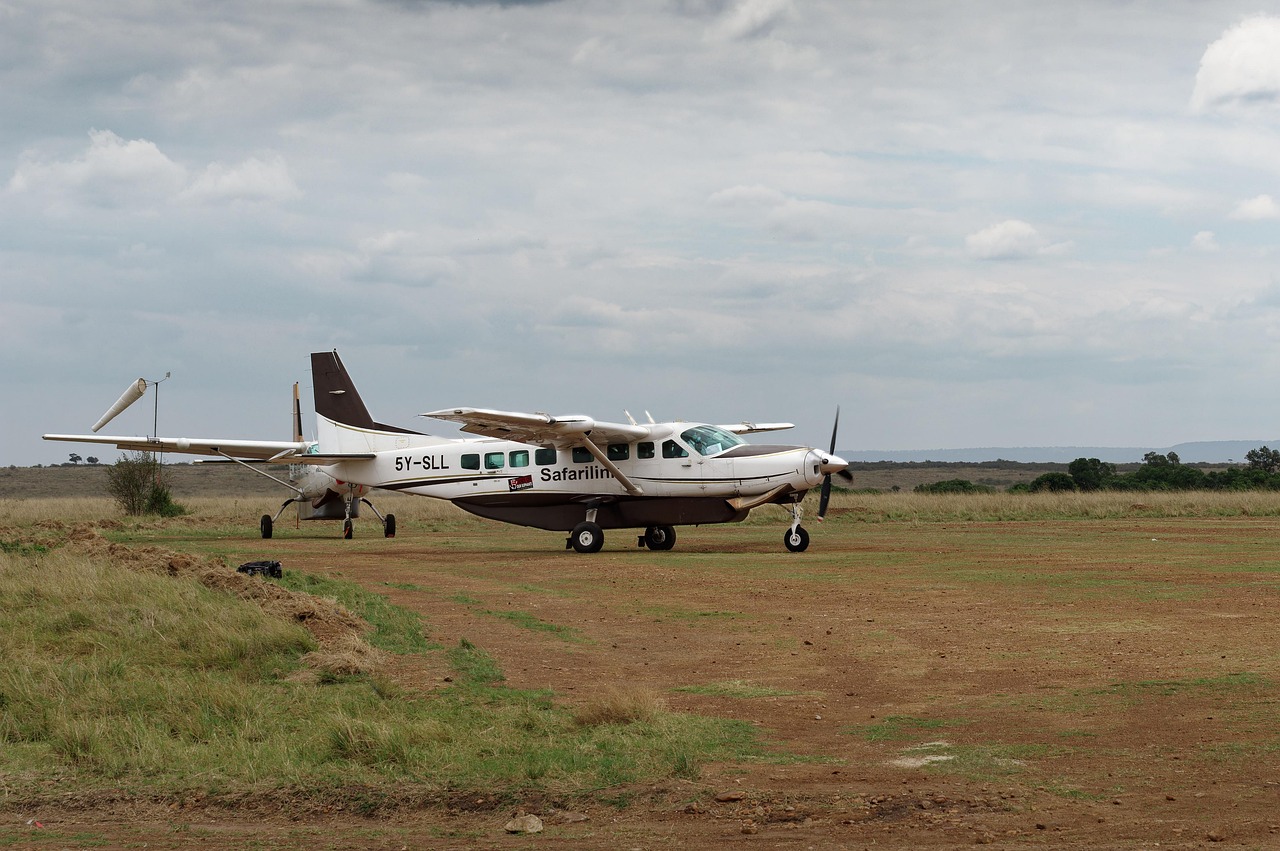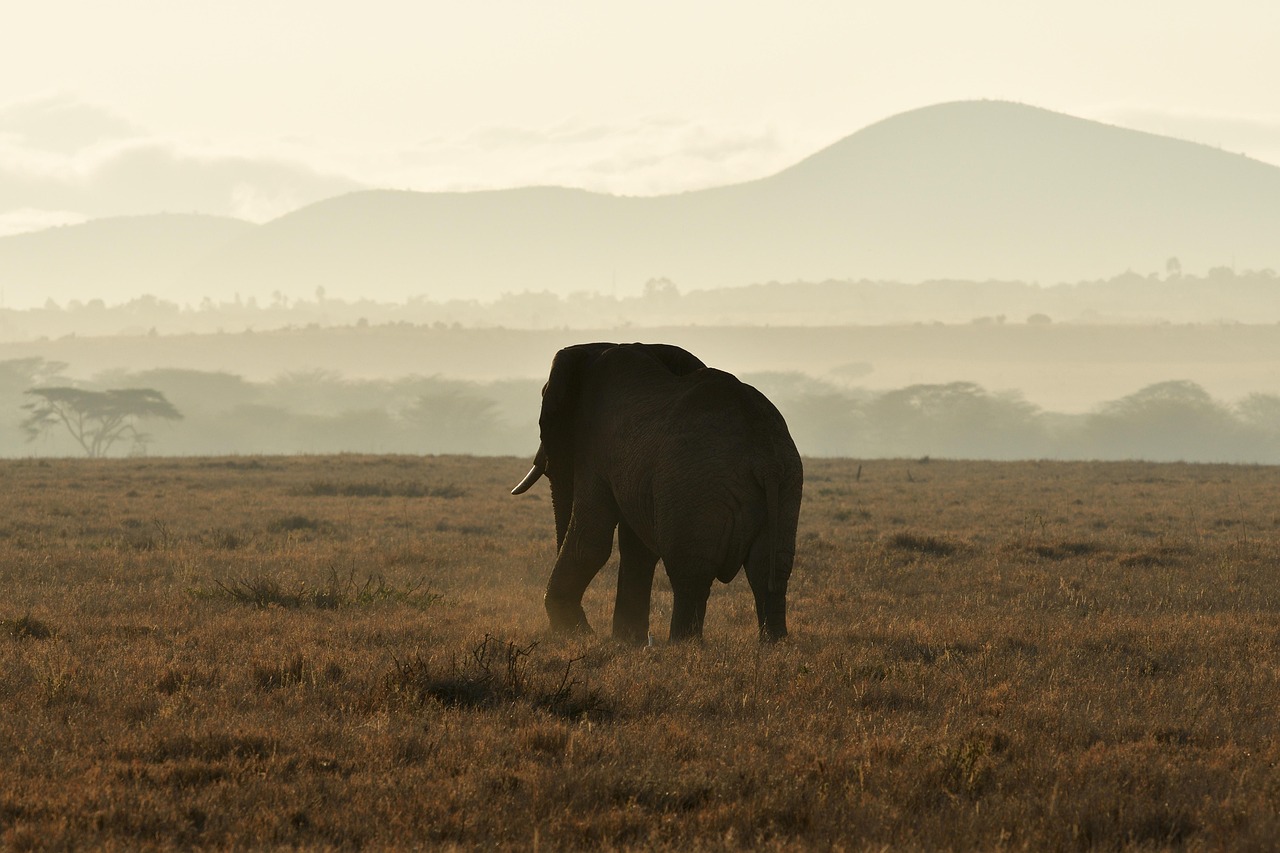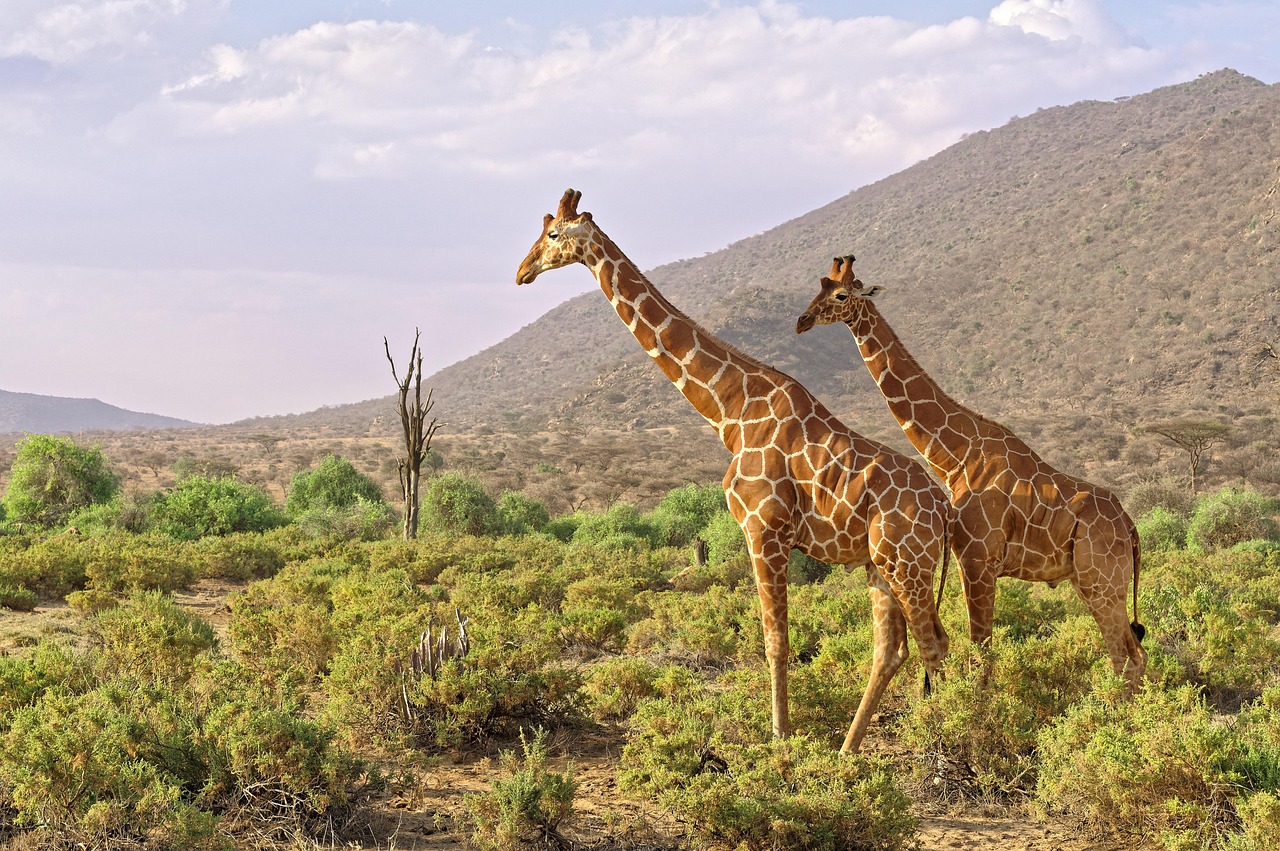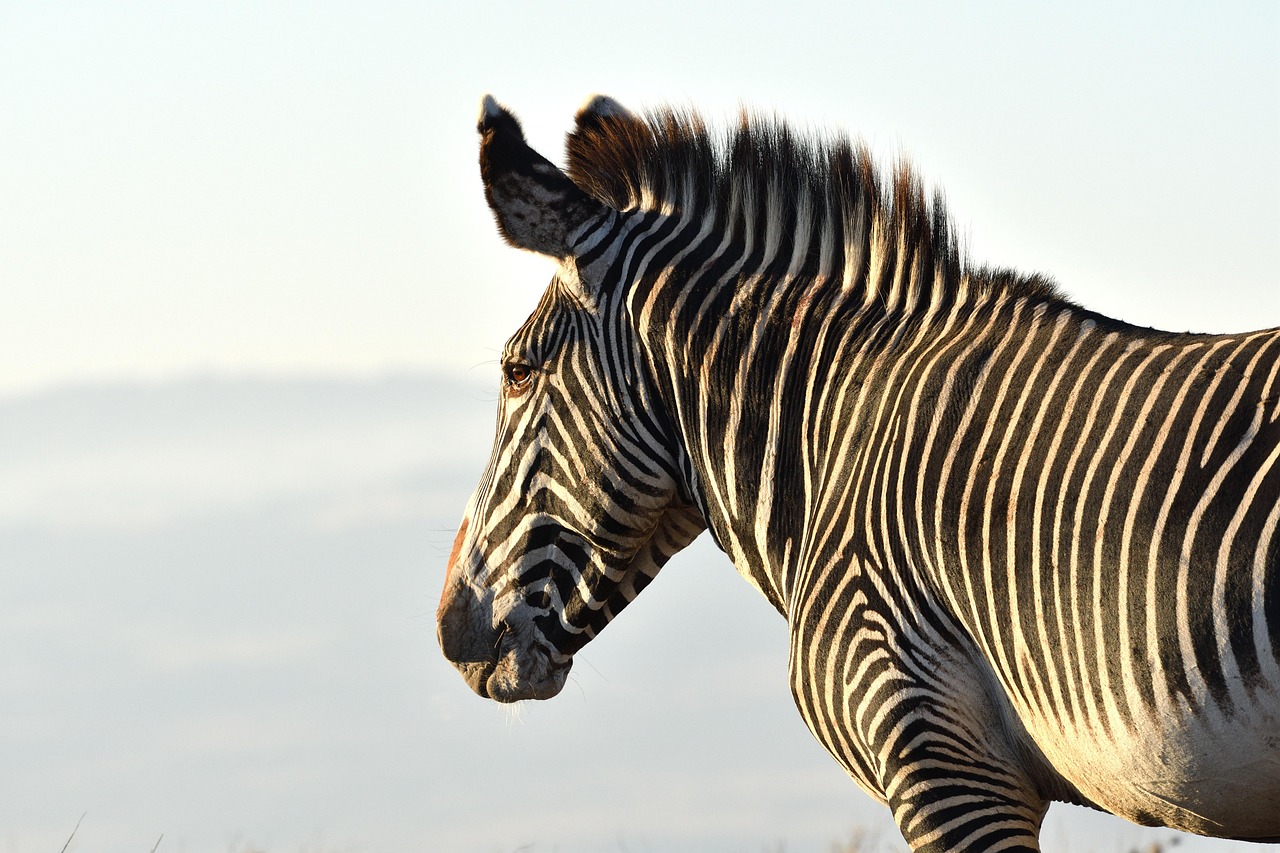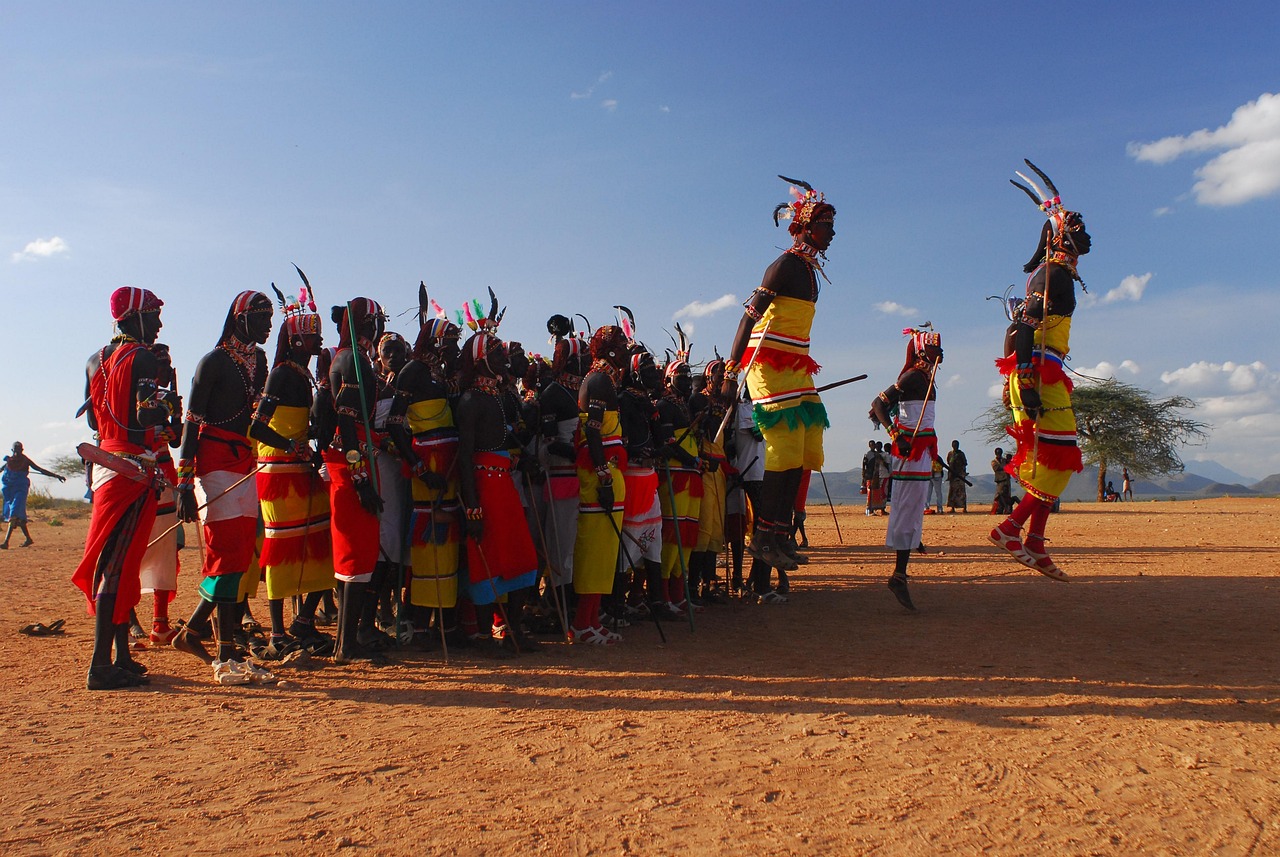
Laikipia Safari Region (Kenya)
Everything you need to know about the Laikipia Safari Region. A complete travel guide.Laikipia Safari Region (Kenya)
Overview
A Complete Travel Guide To Laikipia Safari Region
Everything you need to know about the Laikipia Safari Region
Laikipia Safari Region lies across Kenya's equatorial highlands between Mount Kenya and the Rift Valley. Formerly vast cattle ranches, it now hosts private conservancies and community‑run sanctuaries, offering uncrowded safari experiences focused on conservation and wildlife. With nearly half of Kenya's black rhino population here and thriving populations of endangered Grevy's zebra, reticulated giraffe, wild dog and elephants, it's a leading destination for rare-species viewing. Activities span game drives, walking safaris, horseback and camel rides, all supported by local Maasai and Samburu-led tourism models. Laikipia blends wildlife richness, ethical conservation and access to breathtaking landscapes.
Explore Other Regions
Continue your safari planning journey across Africa’s top safari regions
Not sure if Laikipia Safari Region is your perfect fit? Click below to explore and compare other safari regions.
Safety
Everything you need to know about safety in the Laikipia Safari Region
Laikipia Safari Region is generally regarded as safe for travellers, especially within private and community conservancies. Visitors report no major safety concerns in wildlife areas or nearby towns when following standard precautions.
Expert tip: Stay within reputable conservancies with guided safari activities and avoid independent travel to remote pastoral areas without local advice.
A Deeper Understanding Of Safety In Laikipia Safari Region
Laikipia’s private and community-run conservancies uphold strong security measures, including armed ranger patrols, perimeter fencing, and coordinated access protocols—all designed to protect guests and wildlife. Most safari camps operate under these strict safety systems, and local staff are trained in emergency response.
In towns like Nanyuki, petty crime such as theft or opportunistic street-level incidents may occur; however, serious violent crime is uncommon. Use caution in urban areas after dark, secure valuables, and follow advice from your lodge or guide. The U.S. and U.K. travel advisory services advise increased caution nationwide, but do not flag Laikipia County as a restricted zone—potential risks are concentrated near the Somalia and western Turkana borders, far from Laikipia.
Wildlife-related risks are minimised by adhering to the guide instructions at all times. Vehicles remain on designated trails, and walking safaris are only permitted under expert supervision. While tensions linked to cattle raids and occasional boundary disputes have occurred in rural Laikipia West, serious incidents affecting safari areas are rare, and most conservancies work with local communities to maintain stability.
Malaria
Everything you need to know about malaria in the Laikipia Safari Region
Laikipia Safari Region falls within a malaria area. However, the overall risk is low due to its high altitude (1,700–2,300 m) and semi-arid climate. Antimalarial precautions are recommended for most visitors.
- Malaria Area: Yes
- Malaria Risk Level in Laikipia Safari Region: 🟡 Low
- Use the following link to find malaria and vaccination information for Laikipia Safari Region: https://skyteam.traveldoc.aero/
Expert tip: Even in low‑risk areas, using insect repellent, covering up at dusk, and sleeping under nets adds adequate protection.
A Deeper Understanding Of Malaria In Laikipia Safari Region
While Kenya has widespread malaria transmission, risk varies by altitude and rainfall, and Laikipia’s elevated plateau reduces mosquito activity significantly. Travel-health authorities advise malaria prophylaxis outside of Nairobi and highlands above 2,500 m, which includes Laikipia. Visitors to high-altitude conservancies (such as Lewa, Ol Pejeta or Loisaba) generally face minimal risk. That said, lower-lying villages or wetland fringes may experience medium risk during the rainy seasons.
Typical guidance includes mosquito bite prevention, such as wearing long sleeves, using DEET-based repellent, and choosing accommodation with nets or screens. Travel clinics usually prescribe atovaquone‑proguanil, doxycycline or mefloquine for those entering risk zones.
Malaria Risk by Month in Laikipia Safari Region
🟢 Malaria Free, 🟡 Low Risk Of Malaria, 🟠 Medium Risk Of Malaria, 🔴 High Risk Of Malaria
| Month | Risk Level Description |
|---|---|
| January | 🟡 Low Risk Of Malaria |
| February | 🟡 Low Risk Of Malaria |
| March | 🟡 Low Risk Of Malaria |
| April | 🟡 Low Risk Of Malaria (rains begin) |
| May | 🟡 Low Risk Of Malaria |
| June | 🔴 Medium Risk Of Malaria (short rains tail off) |
| July | 🟡 Low Risk Of Malaria |
| August | 🟡 Low Risk Of Malaria |
| September | 🟡 Low Risk Of Malaria |
| October | 🟡 Low Risk Of Malaria |
| November | 🟡 Low Risk Of Malaria |
| December | 🟡 Low Risk Of Malaria |
Weather and climate
Everything you need to know about weather and climate in Laikipia Safari Region
Laikipia Safari Region enjoys a cool, temperate highland climate, with dry, sunny months from June to October and two rainy seasons (March–May long rains; November–December short rains). Nights and early mornings can be chilly.
Seasonal Breakdown:
- Summer: December to February — Days average 22–24 °C (72–75 °F), nights around 11–13 °C (52–56 °F). Rainfall is moderate: ~36–71 mm (1.4–2.8 in).
- Winter: June to September — Cooler mornings drop to 12 °C (54 °F), days reach 20–24 °C (68–75 °F). Rainfall is low: ~49–59 mm (1.9–2.3 in).
Expert tip: Pack warm layers for early morning game drives, particularly between June and August, when dawn temperatures can reach near freezing.
A Deeper Understanding Of Weather And Climate In Laikipia Safari Region
Laikipia sits on a high-altitude plateau that keeps temperatures moderate year‑round. The long rains (mid-March to May) bring the highest rainfall, especially in April, when lush landscapes and slippery tracks are typical. The short rains (October–December) are more moderate and brief. The dry season (June–October) offers clear skies, warm days, and cold nights, making early morning safaris crisp and memorable.
High‑altitude conservancies remain cooler than the surrounding lowlands, enhancing safari comfort but requiring layered clothing. Dry months suit wildlife spotting, while the wet months bring new vegetation and breeding activity. However, access may be restricted during peak rains. Laikipia’s unique temperature and rainfall cycle support diverse wildlife while offering weather variation suited to different traveller preferences.
Table representing weather and climate in Laikipia Safari Region by month
🟢 Excellent weather | 🟡 Fair weather | 🟠 Hot or rainy conditions | 🔴 Unfavourable travel period
| Month | Avg Low (C/F) | Average High (C/F) | Precipitation (%) | Rainfall (mm/in) | Rainy Days | Humidity (%) | UV Index |
|---|---|---|---|---|---|---|---|
| January | 11.4 °C (52.5 °F) | 22.8 °C (73.1 °F) | 🟡 Fair | 47 mm (1.9 in) | 6 | 67% | – |
| February | 11.5 °C (52.6 °F) | 24.1 °C (75.3 °F) | 🟡 Fair | 36 mm (1.4 in) | 4 | 62% | – |
| March | 12.2 °C (54 °F) | 24.1 °C (75.3 °F) | 🟠 Rainy | 71 mm (2.8 in) | 8 | 67% | – |
| April | 13.5 °C (56.3 °F) | 22.6 °C (72.7 °F) | 🔴 Unfavourable | 225 mm (8.9 in) | 15 | 78% | – |
| May | 13.8 °C (56.8 °F) | 21.7 °C (71.1 °F) | 🔴 Unfavourable | 206 mm (8.1 in) | 13 | 78% | – |
| June | 12.9 °C (55.2 °F) | 21.1 °C (69.9 °F) | 🟡 Fair | 49 mm (1.9 in) | 8 | 74% | – |
| July | 12.1 °C (53.9 °F) | 20.4 °C (68.7 °F) | 🟡 Fair | 51 mm (2.0 in) | 8 | 74% | – |
| August | 12.2 °C (54 °F) | 20.6 °C (69.1 °F) | 🟡 Fair | 59 mm (2.3 in) | 8 | 73% | – |
| September | 12.5 °C (54.5 °F) | 21.9 °C (71.4 °F) | 🟡 Fair | 45 mm (1.8 in) | 7 | 69% | – |
| October | 12.8 °C (55.1 °F) | 21.9 °C (71.5 °F) | 🟠 Rainy | 225 mm (8.9 in) | 14 | 75% | – |
| November | 12.5 °C (54.4 °F) | 21.0 °C (69.9 °F) | 🔴 Unfavourable | 213 mm (8.4 in) | 17 | 82% | – |
| December | 12.0 °C (53.6 °F) | 21.6 °C (70.9 °F) | 🟠 Rainy | 71 mm (2.8 in) | 10 | 75% | – |
When To Go
Everything you need to know about the best time to visit Laikipia Safari Region:
Laikipia Safari Region is best visited during the dry months (June–October) for excellent wildlife viewing, or the shoulder period (January–March) for lush scenery, fewer crowds and birdwatching.
When To Go | Jan | Feb | March | Apr | May | Jun | Jul | Aug | Sep | Oct | Nov | Dec |
= Excellent = Good = Fair = Poor
- High season: June to October, December to March
- Low season: April, May and November
Expert tip: For better value and vivid green landscapes choose April–May or November—but expect thick vegetation and limited road access during these months.
A Deeper Understanding Of The Best Time To Visit Laikipia Safari Region
Loosely, June to October offers minimal rainfall and good road conditions, making it ideal for sighting lions, elephants, rhinos and other wildlife gathered near waterholes. December to March also offers dry weather and warm days with fewer tourists but wildlife more dispersed.
The April–May long rains and November short rains create vivid green landscapes and attract numerous migratory birds, though roads may be muddy and some lodges may close. Wildlife viewing remains possible but requires more patience. Dry seasons suit first-time travellers and photographers; green seasons suit birders, couples or travellers on a budget.
Table representing the best time to visit Laikipia Safari Region:
| Month | Weather | Wildlife Viewing | Birdwatching | Temperature |
|---|---|---|---|---|
| January | ☀️ | ✅✅ | 🐦🐦🐦 | ☀️ |
| February | ☀️ | ✅✅ | 🐦🐦🐦 | ☀️ |
| March | 🌧️ | ✅ | 🐦🐦🐦 | ☀️ |
| April | ⛈️ | ✅ | 🐦🐦🐦 | ☀️/🔥 |
| May | 🌧️ | ✅ | 🐦🐦🐦 | 🔥 |
| June | ☀️ | ✅✅✅ | 🐦🐦 | ☀️ |
| July | ☀️ | ✅✅✅ | 🐦🐦 | ☀️ |
| August | ☀️ | ✅✅✅ | 🐦🐦 | ☀️ |
| September | ☀️ | ✅✅✅ | 🐦🐦 | ☀️ |
| October | 🌤️ | ✅✅ | 🐦🐦 | ☀️ |
| November | 🌧️ | ✅ | 🐦🐦🐦 | ☀️ |
| December | 🌧️ | ✅✅ | 🐦🐦🐦 | ☀️ |
Table Legend:
Weather: ⛈️ Thunderstorms, 🌧️ Rain, 🌤️ Partly Cloudy, ☀️ Dry
Wildlife Viewing: ✅ Average, ✅✅ Good, ✅✅✅ Great
Birdwatching: 🐦 Average, 🐦🐦 Good, 🐦🐦🐦 Great
Temperature: ❄️ Cold, ☀️ Warm, 🔥 Hot
Getting Here
Everything you need to know about getting to Laikipia Safari Region:
Laikipia Safari Region is most easily reached via domestic flights to Nanyuki Airstrip, followed by short lodge transfers. Road travel from Nairobi or Nakuru takes 4–8 hours. Travelling within the region is moderately easy via lodge-managed transfers or self-drive.
- Main point of entry to Laikipia Safari Region: Nanyuki Airstrip
- Effort to get to Laikipia Safari Region: 🟡 Medium
- Effort getting around Laikipia Safari Region: 🟡 Medium
- Best ways to get around Laikipia Safari Region: ✈️ Air; 🚙 Transfers; 🚗 Self Drive
Expert tip: If your itinerary is tight or you prefer comfort, consider planning a domestic flight to Nanyuki, followed by a lodge transfer. The views of Mount Kenya and the surrounding conservancies make the flight well worth it.
A Deeper Understanding Of Getting To Laikipia Safari Region
By Air
Most visitors fly from Nairobi’s Wilson Airport to Nanyuki Airstrip, served daily by Safarilink and AirKenya, with flights lasting 45 minutes. Smaller lodges may use private charter transfers, landing at airstrips such as Lewa Downs or Loisaba.
By Road
Driving from Nairobi takes approximately 4–8 hours, depending on traffic and destination within Laikipia, using mostly paved highways until Nanyuki, then well-maintained dirt roads. From Nakuru, road travel is shorter (~3–7 hours). A 4×4 vehicle is recommended, especially in rainy periods.
Transfers and Accessibility
Lodges typically organise private transfers from the airstrip (~20–45 minutes) directly to the camp. Public travel via shuttle or matatu to Nanyuki town, then taxi to conservancies, is possible but less convenient. Self-drive options are viable for those comfortable with rural roads; most itineraries combine both air and road transfers.
Why Visit
This is why you should visit Laikipia Safari Region:
Laikipia Safari Region offers exclusive safari experiences focused on conservation, with private and community-run conservancies across the dramatic Laikipia Plateau. You’ll find rare species, personalised guiding, and serene landscapes—unhurried and wildlife-rich.
Expert tip: Ask your lodge whether they support local conservancy projects—visitors directly contribute to black rhino and wild dog conservation in Laikipia.
A Deeper Understanding Of Why You Should Visit Laikipia Safari Region
Laikipia is a bold alternative to crowded parks. It is defined by cutting-edge conservation combined with thoughtful low-density tourism. The region protects Kenya’s highest concentration of black rhinos and endangered wild dogs, along with Grevy’s zebra and reticulated giraffe, all within luxury camps and community‑led conservancies. Its varied landscapes—from grasslands to rocky kopjes to forest—offer unmatched serenity and wildlife access.
Highlight – endangered species sanctuary.
Laikipia is home to half of Kenya’s black rhino population, including the only site for the last northern white rhinos at Ol Pejeta Conservancy, which also hosts chimpanzees and wild dog reintroductions—a conservation hub few regions match.
Highlight – exclusive, low-density safari.
Private ranches and conservancies such as Lewa and Segera Retreat offer luxury and seclusion with minimal tourist density. Expect intimate game drives, walking safaris, horseback riding, and even night drives—experiences rarely available in busier reserves.
Highlight – community-led conservation and culture
Local Maasai and Samburu communities actively co-manage land in Laikipia, integrating sustainable tourism with cultural exchange. Projects like the Gallmann Memorial Foundation’s Laikipia Nature Conservancy support local education, empowerment, and peace-building.
Activities
Everything you need to know about safari activities in Laikipia Safari Region:
Discover engaging game drives, walking safaris, horseback and camel rides, plus immersive cultural and conservation visits. Look forward to bush camps under the stars, wildlife tracking, and unique family-friendly experiences in a region defined by its conservation ethos and varied terrain.
Expert tip: Ask your lodge about combining a walk safari with camel support for close wildlife viewing and cultural insight—loading gear onto camels reduces walking strain and elevates the experience.
Explore activities available in the Laikipia Safari Region:
Birds
Everything you need to know about birdlife in Laikipia Safari Region
Laikipia Safari Region is home to over 350 bird species, including grey crowned cranes, crowned hornbills, buff‑crested bustards, and rarer arid‑zone specials like Somali ostrich and Hildebrandt’s starling. Best seen during December to March, with peak species diversity in the rainy months (November–April).
Birding | Jan | Feb | March | Apr | May | Jun | Jul | Aug | Sep | Oct | Nov | Dec |
= Excellent = Good = Fair = Poor
- Birds in Laikipia Safari Region: Grey crowned crane, crowned hornbill, buff‑crested bustard, Somali ostrich, Black‑winged lapwing, Hartlaub’s turaco, Abyssinian scimitarbill, African paradise flycatcher
- Best months for birding: December to March (migrants and breeding plumage), with extended interest from November to April during the wet season migrations.
Expert tip: Visit during short rains for vibrant breeding plumage and migrant arrivals—early mornings near Mugie Dam or Ol Pejeta wetlands often yield Abyssinian scimitarbill and African paradise flycatcher sightings.
Explore birds in the Laikipia Safari Region.
Wildlife
Everything you need to know about wildlife in Laikipia Safari Region
Laikipia boasts dense populations of black and white rhino, wild dog packs, lions, elephants, and Grevy’s zebra—making it one of Kenya’s richest regions for iconic and endangered wildlife encounters.
Wildlife | Jan | Feb | March | Apr | May | Jun | Jul | Aug | Sep | Oct | Nov | Dec |
= Excellent = Good = Fair = Poor
- Best months for wildlife viewing in Laikipia Safari Region: June to October and December to March
Expert tip: Choose a conservancy like Ol Pejeta or Lewa for the highest chance of seeing wild dogs and rhino up close—early morning drives often yield the best sightings.
Explore wildlife in the Laikipia Safari Region.
A Deeper Understanding Of Wildlife In Laikipia Safari Region
Laikipia supports half of Kenya’s black rhino population and the country’s largest African wild dog packs, plus the second-largest elephant herds and a stable lion population of around 250 individuals. The region’s mosaic of savanna, kopjes, and forests supports Grevy’s zebra, reticulated giraffe, Beisa oryx, and rarer antelope species like Jackson’s hartebeest. While leopard and cheetah occur regularly, they are more uncommon than lions or elephants.
Table showing wildlife occurrence in Laikipia Safari Region.
🔵 Plentiful 🟢 Common 🟡 Uncommon 🔴 Sporadic ⚫ Non‑occurring
| Species | Frequency |
|---|---|
| Lion | 🟢 |
| Leopard | 🟡 |
| Cheetah | 🟡 |
| Spotted Hyena | 🟢 |
| Brown Hyena | 🔴 |
| Striped Hyena | 🔴 |
| Black‑backed Jackal | 🟢 |
| Side‑striped Jackal | 🔴 |
| Caracal | 🟡 |
| Serval | 🟡 |
| African Wild Cat | 🔴 |
| African Wild Dog | 🟢 |
| Aardwolf | 🔴 |
| White Rhino | 🟢 |
| Black Rhino | 🟢 |
| Elephant | 🟢 |
| Buffalo | 🟢 |
| Giraffe | 🟢 |
| Hippo | 🟢 |
| Zebra | 🟢 |
| Blue Wildebeest | 🟢 |
| Black Wildebeest | ⚫ |
| Sable | ⚫ |
| Roan | ⚫ |
| Eland | 🟢 |
| Oryx | 🟡 |
| Kudu | 🟡 |
| Waterbuck | 🟡 |
| Lechwe | ⚫ |
| Sitatunga | ⚫ |
| Aardvark | 🔴 |
| Pangolin | 🔴 |
| Mountain Gorilla | ⚫ |
| Chimpanzee | ⚫ |
Where To Go
Everything you need to know about parks and reserves in Laikipia Safari Region
Laikipia Safari Region is defined by a patchwork of private and community-run conservancies offering exclusive experiences such as off-road game drives, luxury lodges, and flexible safari formats. These contrast with structured national parks—they provide more privacy, guide access, and often support conservation initiatives directly.
Best Parks, Reserves and Concessions in Laikipia Safari Region:
- 🥇 Ol Pejeta Conservancy
- 🥈 Lewa Wildlife Conservancy
- 🥉 Il Ngwesi Conservancy
Expert tip: Choose lodges within conservancies like Ol Pejeta or Lewa—these private wildlife areas often include night drives, walking safaris, and direct support for rhino and wild dog conservation.
Explore Laikipia Safari Region Parks, Reserves and Concessions Below:
Pros & Cons
The pros and cons of a safari to the Laikipia Safari Region
| Pros | Cons |
|---|---|
| ✅ Conservation‑led safari: Laikipia protects many endangered species including black rhino, wild dogs and Grevy’s zebra through community and private conservancies. | ⭕ Less dense wildlife: Compared with Masai Mara, game densities are lower—sightings can be more dispersed and less predictable. |
| ✅ Exclusive, low‑density experience: With small lodges and few vehicles, you’ll enjoy more personal, flexible safaris including walking, night drives, and horseback riding. | ⭕ Higher cost: Exclusive conservancies and private lodges come at a premium compared to national parks. |
| ✅ Spectacular landscapes: The high-altitude plateau offers sweeping plains, river valleys and Mount Kenya views, ideal for photography and escape from crowds. | ⭕ Remote access: Many conservancies require domestic flights or long transfers from Nairobi, which adds complexity and cost. |
| ✅ Varied activities: Beyond game drives, choose walking safaris, cultural visits with Maasai and Samburu communities, camel rides, and river excursions. | ⭕ Limited infrastructure: Roads can be rough and some areas may be inaccessible during heavy rains. |
| ✅ Ethical tourism with community impact: Revenue supports local Maasai and Samburu communities through education, healthcare and conservation initiatives. | ⭕ Seasonal vegetation: During the wet months the bush grows dense, making wildlife spotting more challenging despite green scenery. |
| ✅ Rare species opportunities: Home to Kenya’s largest black rhino population and wild dog packs—rare sightings beyond front‑line parks. | |
| ✅ Flexible travel options: Mix self-drive, air transfers or lodge pickups tailored to your itinerary and comfort. |
Expert tip: Pair your stay at a conservancy with cultural visits to local Maasai or Samburu communities—this deepens the safari experience and supports local livelihoods.


